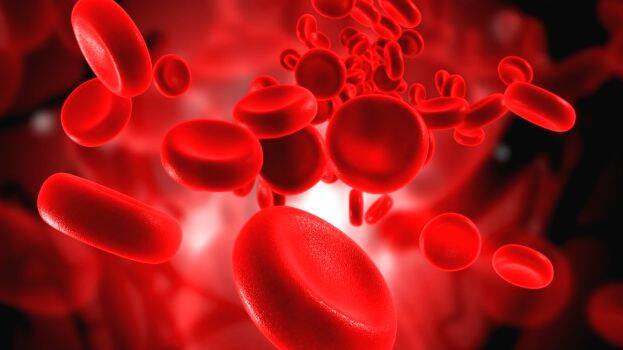




Blood group is one among many factors which determines the identity of an individual. The uniqueness of blood group can be acclimated to confirm or refute a biological relationship. It has value in criminal implications related to statutory rape, child custody in divorce cases, identification of human remains in natural disasters or in homicide. Hence this vital forensic tool always encloses a biological clue. The question here is whether a person’s blood group change over the time? Many are approaching us with a discrepancy in the current and historical blood group. Is that really possible?
Yes, it is possible at times. This blood group change can be transient or permanent. Thanks to Karl Landsteiner who described blood groups for the first time. The blood group is determined by the genes you inherit from your parents. There are 43 blood group system, of which ABO is the most important. ABO antigens or proteins are expressed in the red cells of an individual.
Based on the variation in the expression of these antigens, the blood group can be A/B/AB/O. At birth, the antigenic expression on RBC are less and as we grow on, these expressions increase to the peak which again fades as age advances. Hence, a blood group checked and confirmed in the birth time may vary at times due to the less antigenic expression in the RBCs of neonates. However, a repeat blood grouping after six months of age can confirm the correct blood group since serum grouping can also be incorporated by then.
Each ABO blood group can be Rh positive or negative. A common query is whether a positive group changes to negative or vice versa. The presence or absence of Rh D antigen determines the person to be positive or negative. The presence of Rh D antigen labels the individual as Rh positive; while the absence of Rh D makes them as Rh negative. There is a concept called variant where either D antigen is quantitatively or qualitatively defective. In such cases, the reagent added might not detect the actual D antigens causing weak reactions in the testing platforms. A further testing may confirm their exact Rh status. However, the D variant persons are good to be labelled as Rh negative when intended for transfusion purposes and Rh positive as donor.
There is another entity known as subgroups. Basically, subgroups are more common for A when compared to B blood group. The most common subgroup of A is A2 and sometimes these persons produce naturally occurring antibodies also. In individuals with subgroups the blood group may differ with different testing methods of varying sensitivity.
The permanent change in blood group is observed in allogenic stem cell transplantation with a different blood group donor. Variations in ABO antigens may also reflect the status of the malignancy. A temporary change in blood group antigens are noticed in a suspected hematopoietic malignancy. In some infections blood group may temporarily change and will revert once the individual is back to normal health. The hard and fast rule is whenever there is a discrepancy or disparity in a blood group, always choose the universal donor O negative for transfusion purpose until the discrepancy is resolved.
For any blood group recipient, O negative can be safely transfused. Since blood is a scarce resource and most of the times, blood centers may not be having adequate inventory of negative blood especially AB negative and in such cases O negative is a safest option.
Dr Sanooja Pinki
Senior Registrar and Co-ordinator
Department of Transfusion Medicine.
KIMSHEALTH
Trivandrum